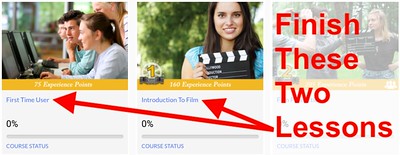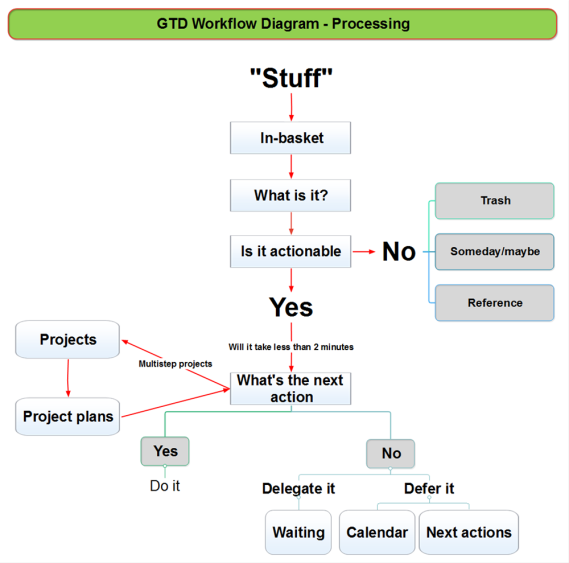IB Text Analysis Worksheet: TEMPLATE

“Director/Conductor” by La Chachalaca Fotografía is licensed under CC BY-NC 2.0
Summary
A guide to planning, researching, and creating your IB Film Text Analysis
- Follow the directions for each step below
- Include for your notes, where required
Student Work
- Justin’s Post, Draft Paper, Bibliography
- Neil’s Post, Draft Paper, Bibliography
- Satchel’s Post, Draft Paper, Bibliography
- Dexter’s Post, Draft Paper, Bibliography
- Sam’s Post, Draft Paper, Bibliography
- Jadee’s Post, Draft Paper, Bibliography
- Laari’s Post, Draft Paper, Bibliography
Guidance for Your Work
“The TA is an exam. Failure to turn in the work within the 4 weeks, unless the teacher requests extenuating circumstances directly from the IB, should be considered a fail.” – IB Film
13.5 Hours To Complete
- Please track how long it took you for each stage
Step 1 – Preparation: Spend 2 Hours
Total Time:
- Watch Mr. Le Duc’s Overview Video (10 minutes)
- Thoroughly read the TA requirements in IB Film Guide PDF (including rubrics) (15 minutes)
- Review the TA Task Details
- Clear cover page with the Title of Film & Timecode (5-minute film extract)
- Sans serif 12 point font
- In-text citations
- List of all sources
- The textual analysis (1,750 words maximum) is intended to be a formalist exercise rather than a thesis-driven
essay. - The focus of the work should be on how meaning is conveyed through the use of film elements in
the chosen film text, with consideration of the cultural context of the film and communicated through the
use of relevant and accurate film vocabulary common to the study of film and appropriate for film analysis. - In this task, the examiner is looking for evidence of the extent to which the student is able to demonstrate an
understanding of:- The cultural context of the chosen film text
- The use of film elements to construct meaning in the selected extract, using appropriate film vocabulary
- How the identified film elements in the selected extract relate to the cultural context of the film, to the film text as a whole and, where appropriate, to other films, as identified by the student
- At the start of the textual analysis, students should clearly state which film elements they are going to
discuss. - The list of all sources used is excluded from the textual analysis word limit
- Read Examples and Scoring Guides (45 minutes)
- Review the Big List of Film Terms (15 minutes)
- Review the Text Analysis Worksheet (PDF) (5 minutes)
- Explore the CHS Library: capital.osd.wednet.edu/academics/library (5 minutes)
- Explore The Moving Image Source Research Guide: www.movingimagesource.us (5 minutes)
- The Moving Image Source Research Guide is a gateway to the best online resources related to film, television, and digital media
- Explore Mr. Le Duc’s Film Resources Page (5 minutes)
- Examine the TA Poster 1 (PDF) (5 minutes)
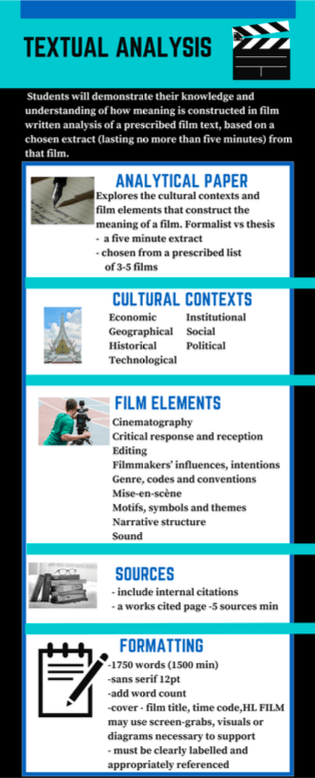
- Examine the TA Poster 2 (PDF) (5 minutes)
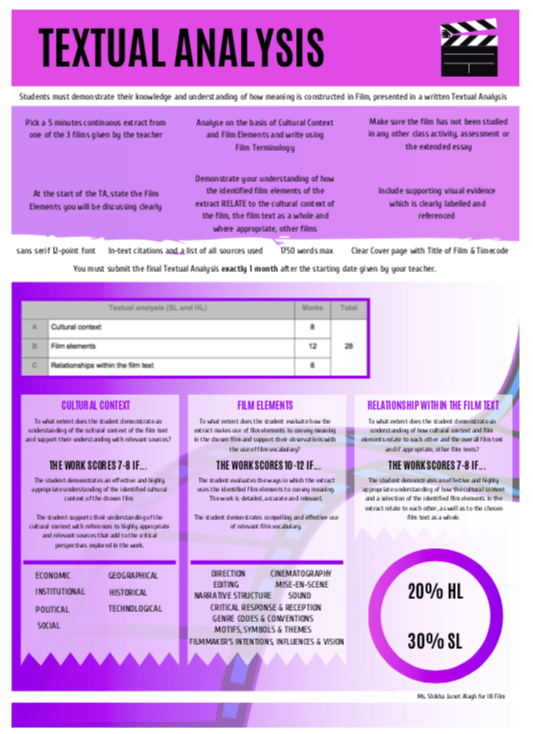
Step 2 – Pick a Film, Watch It, and Write Notes: Spend 4.5 Hours
Total Time: 4 hours and 42 minutes
The goal of IB Film is to expose students to films from all over the world and to increase their critical and practical understanding of film as a creative art form and reflection of its time period, society, and political and cultural environment. As a result, this class requires the viewing of a wide variety of films. In some cases, these films may carry an R rating, or, in the case of films made before 1968 and some foreign films, will have no rating at all. Please be assured that all the films selected for this course have a high degree of artistic merit and that many have won numerous awards and are considered part of the film canon. However, if you object to any film shown that does carry an “R” rating, you will always have the opportunity to request that an alternative film be assigned, and/or be excused from class and not view the film.
- Watch the trailers and pick ONE of these films (or the two episodes) (10 minutes)
- Pan’s Labyrinth [Spain/Mexico] Director Guillermo Del Toro 2006 (Rated R)
- Trailer
- Available on Netflix and other streaming services
- Google Drive (Film and Commentary)
- Across the Universe [USA] Director Julie Taymor 2007 (Rated PG-13)
- Trailer
- Available on Hulu and other streaming services
- Google Drive (Film, Commentary, and Extra Features)
- The Handmaid’s Tale, Season 1 Ep. 01 and 02 [USA] Director Reed Morano 2017 (Rated R – Mature Rating on Hulu)
- Trailer
- Available on Hulu
- Pan’s Labyrinth [Spain/Mexico] Director Guillermo Del Toro 2006 (Rated R)
- Review Drew’s TA Guide Sheet (he scored very high!) (10 minutes)
- First Viewing: Watch the film and record your reactions (2 hours)
- Take notes (below in this post)
- How does the film (various scenes) affect you?
-
- opening scene, as the waves are crashing on to shore, they are shown with other moments within them.
-
- questioning…
-
- (0:03:00) contrasting with black and white costumes
-
- adds to the different dynamic of the two couples
-
- (0:08:02) day to night, character singing on the boat while the sky is white. Adds this idea of “free”
- (0:28:21) From the house, seeming restricted. To Jude and Max bowling, with a lot of color and cheerfulness.
- (0:33:02) From the perfect white picket fence life to war.
-
- social ideals
-
- (0:38:42) Characters wearing darker clothing, merging with those wearing lighter clothing
- (0:41:00-0:43:00) Lucy going from her picket white fence life, to a cafe.
-
- mother’s social perspective to what the “real” world was like
-
- (0:47:42) Lucy talks about Daniel having to go to the military, that he believed it was his “duty”
- (0:53:17) Max walking up the steps, literally being dragged to the military.
- (1:16:17) Max goes off to war, leaving Jude and Lucy to live without him
- (1:27:26) From Lucy’s living room, to through the TV which is broadcasting events from the Vietnam War
- (1:39:00) Students protesting, police arrive. Pure chaos
- (1:49:50) Lucy’s mom disagreeing with Lucy, not understanding the chaos that is occurring. Protestors are attacked by police officers.
- opening scene, as the waves are crashing on to shore, they are shown with other moments within them.
-
- Remember every scene is like a mini-movie
- Pay attention to which scene best represents the film, for you
-
- (0:17:00) all the boys singing, chaotic. Multiple locations changes.
- (0:33:02) From the perfect white picket fence life to war. Demonstrates the contrasting life.
- (0:35:00) Two funerals. Same difficulties in life.
- (0:38:42) Characters wearing darker clothing, merging with those wearing lighter clothing. Demonstrates the contrasting two lives and characters.
- (0:39:42) New character, crossing with Jude on the street. Showing how small the world is, connecting with the films meaning
- (0:47:42) Lucy talks about Daniel having to go to the military, that he believed it was his “duty” (what teens had to decide during this era)
- (0:53:17) Max walking up the steps, literally being dragged to the military.
-
- what was expected of teen males
-
- (1:27:26) From Lucy’s living room, to through the TV which is broadcasting events from the Vietnam War
-
- How does the film (various scenes) affect you?
- Take notes (below in this post)
- Second Viewing: Notice the cinematography, mise en scene, actor movement, wardrobe, sound (diegetic, non-diegetic, music, etc.) choices (2 hours)
- Review the Big List of Film Terms for cinematic elements, mise en scene (what’s represented on screen), and sound
- Write notes (below in this post)
-
-
- (0:33:00-0:38:00)
-
- cinematic elements: going from — to Detroit. Dark to light, but impacted by the same events of death
-
- (0:01:00-0:05:00) Waves crashing onto shore, in black and white, showing scenes of the movie. Vietnam war, protests.
-
- cinematic elements: blended with waves, black and white, makes it appear like the time has passed.
-
- From Europe (black), to America (white), demonstrates the regular connections between all people, leaving those we love.
-
- camera movement: in the middle of the waves, seeming as though they are crashing into us.
- costumes: Europe wearing black, America wearing white with gold background (look of promise and growth)
- cinematic elements: blended with waves, black and white, makes it appear like the time has passed.
-
- (0:53:05-0:58:05) Max walking up the steps, literally being dragged to the military.
-
- wardrobe: being stripped to their underwear, vulnerability. Max is wrapped in plastic wrap and stamped like he is a package, not even a human.
- actor movement: dancing was rigid, like the movement soldiers.
- cinematic elements: characters being physically caged in these boxed, the men carrying the Lady of Liberty. The poster coming back to life. America being bigger than the entire land and palm trees.
- script: Max named all these reasons why he couldn’t go in, yet the recruiter responds with “as long as you don’t have flat feet”
-
- (1:27:26-1:32:35) From Lucy’s living room, to through the TV which is broadcasting events from the Vietnam War (no one realizing how dramatic the war really is, making small issues seem big)
-
- cinematic elements: from black and white to color, making the appearance seem like reality, having the solider sing with Jude; demonstrating how the connection between people. Strawberries being crushed, resemblance with blood and bombs. Blood spatter.
- actor movement: on their knees, vulnerable and sadness for the fallen soldier. Jude with the solider, distraught.
- camera movement: zoom out from the war scenes to the washing machine spinning
-
- (0:33:00-0:38:00)
-
-
Step 3 – Choose Your Extract, Watch It, Write Notes, and Research: 2.5 hours
Total Time: 2 hours 20 minutes
- Open your TA Bibliography Google Doc (In Your IB Google Drive Folder – Mr. Le Duc created)
- You will add your MLA sources as you research
- Choose your 5-minute extract (scene)
- Re-watch this scene numerous times and write notes in the Task Analysis Guide (below) (15 minutes)
- Narrative
- (52:59) “I have a meeting with Uncle Sam” foreshadows
- (56:01) Max is asked why he can’t be in the military, the Sargent states “as long as you don’t have flat feet”
- Camerawork: Angles, and Movements
- (53:17) camera moves up from Max feet to whole body
- (53:24) Camera movement: slow push into Max, w/ background it creates this center look at Max
- (53:29) high angle on the posters, making the individual seem looming
- (53:40) Camera is still while Max is being dragged away
- Composition
- Lens: Depth of Field
- Mise-en-scene
- Max is only wearing underwear, demonstrates the vulnerability while he is being physical placed into a box
- (54:35) Boxes and small images of certain parts of individuals body, while they are being checked for eligibility for the military.
- (55:13) The soldiers finish their examination, leaving the recruits to ground as the salute. The floor moves, moving them to their decisions.
- Blocking / Position of characters
- (53:22) Guards close doors on Max, “trapping” him
- (53:30) Max being carried way by the guards
- Acting/body language
- (53:37) The poster’s hand grabs Max
- rigid body movements
- (53:42) Every time a person grabs his clothing, he is shocked. But the movements are smooth.
- (53:53) All the soldiers turn to look at camera fiercely as it passes them
- Acting style / method
- (53:56) Max is confused while others understand why they are there
- (54:58) Facial is implying that he is being forced to do those movements
- Lighting / Cinema Lighting
- (53:49) Warm white, low angle
- Color scheme
- the walls on first room are army green
- Set/location/props
- one tiny long room with an elevator type thing. Pulls Max along
- (54:08) Boxes begin to fall, placing the recruitment with actual soldiers in one box. Physically trapping them.
- Set design
- (55:19) The set is land filled with palm trees, while the recruits are carrying the Statue of Liberty as they are bigger than the world.
- Costume, hair, makeup, class, gender fabric, color
- All the soldiers are wearing masks throughout the scene
- All the soldiers are wearing clothing from top to bottom, while the recruits are only wearing underwear.
- (56:02) Max is wrapped in plastic wrap and stamped as though he was mail
- Sound Design
- (54:05) Sound of soldiers marching as they dance
- (55:19) Sounds of helicopters, signify war or battle.
- Soundtrack/Score
- (55:36) “She’s so heavy” to uphold
- Editing
- Narrative
- Research to support your notes (1 hour)
-
- Cultural context Evidence: Textual analysis and sources
- Answer these questions:
- To what extent do you demonstrate an understanding of the cultural context of the film text?
- Historical context: Men needed for the Vietnam War through a lottery system, demonstrates the reason for protests during the time of Vietnam,
- Answer these questions:
- Cultural context Evidence: Textual analysis and sources
- Add to your notes in the Task Analysis Guide
-
- Re-watch your scene numerous times and add to your notes (15 minutes)
- Research to support your notes (1 hour)
- Re-read Criterion B Film Elements Rubric
- Evidence: Textual analysis and sources
- To what extent do you evaluate how the extract makes use of film elements to convey meaning in the chosen film?
- To what extent do you support your observations with the appropriate use of relevant film vocabulary?
- Evidence: Textual analysis and sources
- Write notes (below in this post)
- Re-read Criterion B Film Elements Rubric
Compose A Rough Draft: 2 hours
Total Time:
start time: 9:40
- Watch Mr. Le Duc’s Convert a Table into Text with Editpad.org tutorial and do the following: (5 minutes)
- Copy and paste the two columns of your Text Analysis Guide notes (below) into editpad.org
- This will convert your two-column table layout into a regular text document
- Copy and paste from editpad.org into your Google Docs TA Paper Template
- Copy and paste the two columns of your Text Analysis Guide notes (below) into editpad.org
- Thoroughly re-read and examine your work with the Text Analysis Rubric (PDF) (10 minutes)
- Compose your rough draft (1.75 hours)
- Weave in your research the following
- WHAT: Your observation about a film element in the 5-minute scene
- WHY: Relate the film element to the shot or scene’s emotional or narrative importance
- HOW: Explain how the film element works in the context of this scene
- SO WHAT: Justify it with the cultural context, as needed
Step 5 – Get Draft Peer Reviewed: 30 Minutes
Total Time:
- Get it peer-reviewed with the TA Worksheet (PDF) (30 minutes)
- Peer Reviewer: Look for evidence of each section of the document
- Look for WHAT, WHY, HOW for each statement in the paper
- There should be at least one WHY or HOW or every WHAT statement
- Look for cited research to support statements, where it makes sense
- Write comments to help the author
- Add them as “Add Comments” on the side, so you do not add to the word count of the document
Step 6 – Revise: 1 Hour
Total Time:
- Revise your draft (1 hour)
Step 7 – Get Feedback from Mr. Le Duc and Revise: 30 Minutes
Total Time:
- Get feedback from Mr. Le Duc
- Make final revisions and check format (30 Minutes)
Step 8 – Finalize Paper and Cover Page: 15 Minutes
Total Time:
- Clear cover page with the Title of Film & Timecode (5-minute film extract)
- Sans serif 12 point font
- In-text citations
- Less than 1,750 words maximum
Step 9 – Finalize Bibliography and Check Format: 15 Minutes
Total Time:
- Update your TA Bibliography Google Doc (In Your IB Google Drive Folder)
- Finish and check the format of your MLA sources as you research
Step 10 – Upload to Turnitin.com: 10 Minutes
Total Time:
- Upload your TA paper (from Your IB Google Drive Folder)
- Upload your TA Bibliography Google Doc (from Your IB Google Drive Folder)
Text Analysis Guide (For your 5 Minute Scene)
TASK COMPONENTS (INQUIRY) |
NOTES |
| The extract may be up to five minutes in length and must be a single, continuous sequence of the film | |
| Time of 5-minute clip | PLACE 5 MINUTE TIME INTERVAL HERE… |
PART 1 – The film, your scene, why it is of interest, and how your scene relates to the whole film. |
|
Brief Summary of ExpositionWriter, Director, Producer, studio, year released Main characters, conflict, identify the genre. Identify the aspect ratio. |
|
Context of Extract in Film – briefly describe the sceneAt what times does your scene occur, how it begins, and how it ends. Do not describe it further. The judges have seen the movie. |
|
The Rationale for Selection – relation to the entire movieWhy is it interesting and why does this scene best illustrate the themes of the whole movie? |
|
PART 2 – Remember to integrate the Director’s intent with each of the following areas in this section |
|
Narrative |
|
| Script – Not just dialogue but in terms of being the spine of the storyExplain how this scene advances the plot. How do the events of this scene clarify/complicate matters? How does this scene affect/cause future events? What new information is revealed or suggested about a character? Is there anything deliberately withheld? Anything unusual in the dialogue? Word choice? Delivery? Accents? Repetition? | |
Cinema Photography |
|
| a) Camerawork – describe shots in specific termsShot size: ELS, LS (stage), full shot, MS, CU, ECU. Camera angles: bird’s eye, high angle, eye level, low angle or Dutch (oblique), camera movement: pan, tilt, dolly or tracking, handheld, Steadycam, or moving crane. Invisible V conspicuous. Are tracking shots motivated by character movement? | |
| b) CompositionOpen/closed composition, aspect ratio, rule of thirds, Kubrick single-point perspective. | |
| c) Depth of FieldConsider foreground, mid, ground, and background. Deep focus is associated with wide-angle lenses. Could be flat. Narrow ranges of focus may be the result of telephoto lenses. | |
Mise-en-scene – The overall look and feel of a movie |
|
| a) Position of characters and objectsIdentify the dominant, does movement guide our focus, character proxemics patterns (intimate, personal, social, and public distances). How does the director add meaning to these choices? Is one character encroaching on another’s space? Watch for space being used to portray relationships/changes in relationships. Watch for windows, doors, parallel lines that frame people or objects. Entrapment. Look for actor placement. Front – actor facing camera, greatest intimacy. One-Quarter Turn – very popular. Profile – character lost in the moment, a bit more distant than the previous two. Three Quarters Turn – useful to convey anti, socialness, Back of Head, most anonymous shot. Creates a mystery or feeling of alienation. | |
| b) LightingLow or high key. How does the director use light to focus our attention? Key, fill, and backlighting. What is the source of lighting in the context of the scene? | |
| c) Color schemeHow does the director use color and what is the director’s intent for doing so? Look for color symbolism or color associated with characters. Color to suggest a mood. Color as foreshadowing. Contrasting colors ( the monolith v white room) | |
| d) Set/location/propsSet design. Studio or on, location, describe props, scenery, what was the Director ́s intent for using them? How dense is visual information? Stark, moderate, or highly detailed? | |
| e) Costume, hair, make upPeriod, class, gender (emphasize or diminish), age-appropriate, silhouette (close-fitting or baggy), fabric (plain, sheer, rough, delicate), accessories. Color is very important in relation to character. | |
| f) Acting/body languageActing style, body language, blocking, period, or contemporary. Individualized (Joker), Stylization. Look for subtext (character says one thing but means something else). Consider typecasting as a shortcut to characterization. | |
Sound – watch scene w/o pictureLive sound, sound effects, and music. Sound can be diegetic, meaning characters would hear it, or non, diegetic, meaning that characters would not hear it, such as narration or music over the credits. Explore the relationship between diegetic and non, diegetic sound when appropriate. |
|
MusicIs the music telling you what to feel? Music can be used as a counterpoint to the action. |
|
EditingEllipsis (time compression) and cross-cutting, fades, dissolves (fades between scenes), wipes, matching cuts, straight cuts, dialogue overlap, and sound bridges. Consider how long each shot lasts. |
|
Part 3: Analyzing the Film as a Product |
|
Sociocultural ContextIn what way was this movie a product of its time? What does the audience learn about the culture or historical context of the film? |
|
Target AudienceTeens/adults or male/female age group, college education art crowd, liberal, conservative, Christian |
|
Generic Expectationshttp://www.filmsite.org/filmgenres.html also research http://tvtropes.org/pmwiki/pmwiki.php/Main/Tropes |
|
ThemesMan V Man, or one of the others, is this film an allegory? |
|
Motifs/SymbolsWhat specific devices support your definition of the theme? Look for recurring elements. |
|
Film CriticismBoth contemporary and current. Use brief quotes from two different sources. Record the details: reviewers’ names and publication names/dates |
|
TASK COMPONENTS (ACTION) |
|
| Compose Paper | |
Part 4: Sources |
|
| Source 1 | |
| Source 2 | |
| Source 3 | |
| Source 4 | |
| Source 5 | |
| Source 6 | |
| Source 7 | |
| Source 8 | |
| Source 9 | |
| Source 10 | |
TASK COMPONENTS (REFLECTION) |
|
| Revision 1 | Proofreader: |
| Revision 2 | Proofreader: |
| Revision 3 | Mr. Le Duc |
External Assessment Criteria SL and HL
Peer Review Checklist
- Use the TA Worksheet (PDF) for review of core elements for the peer review
- Use the TA Marksheet (PDF) for the inclusion of all needed elements in peer review

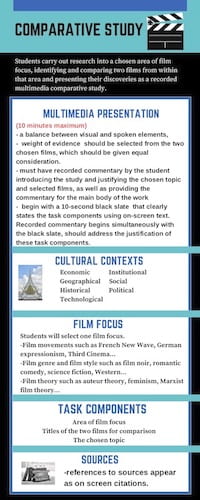

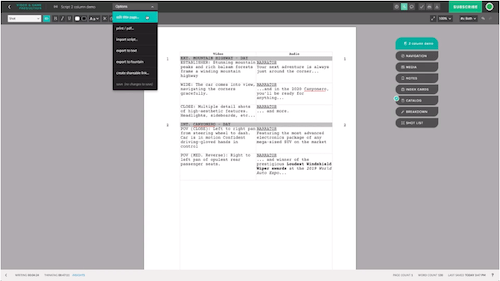


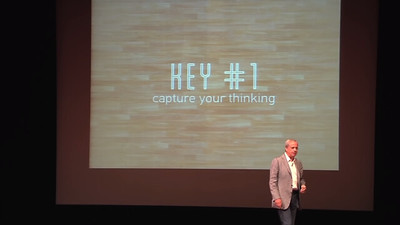
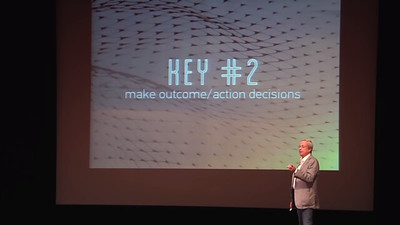

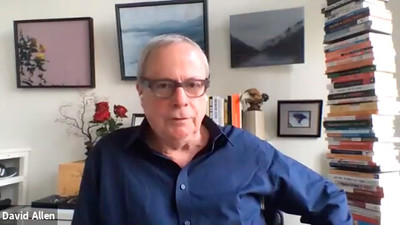
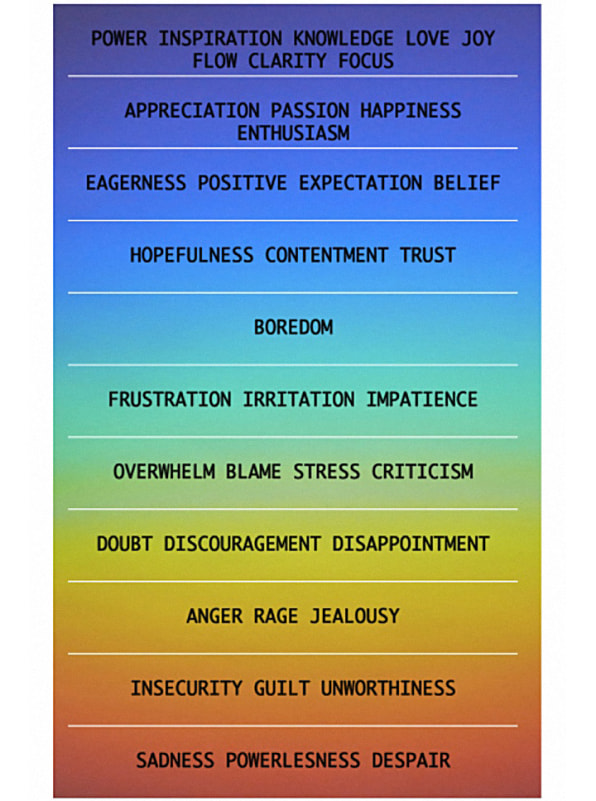 Image from FastCompany Magazine,
Image from FastCompany Magazine, 

